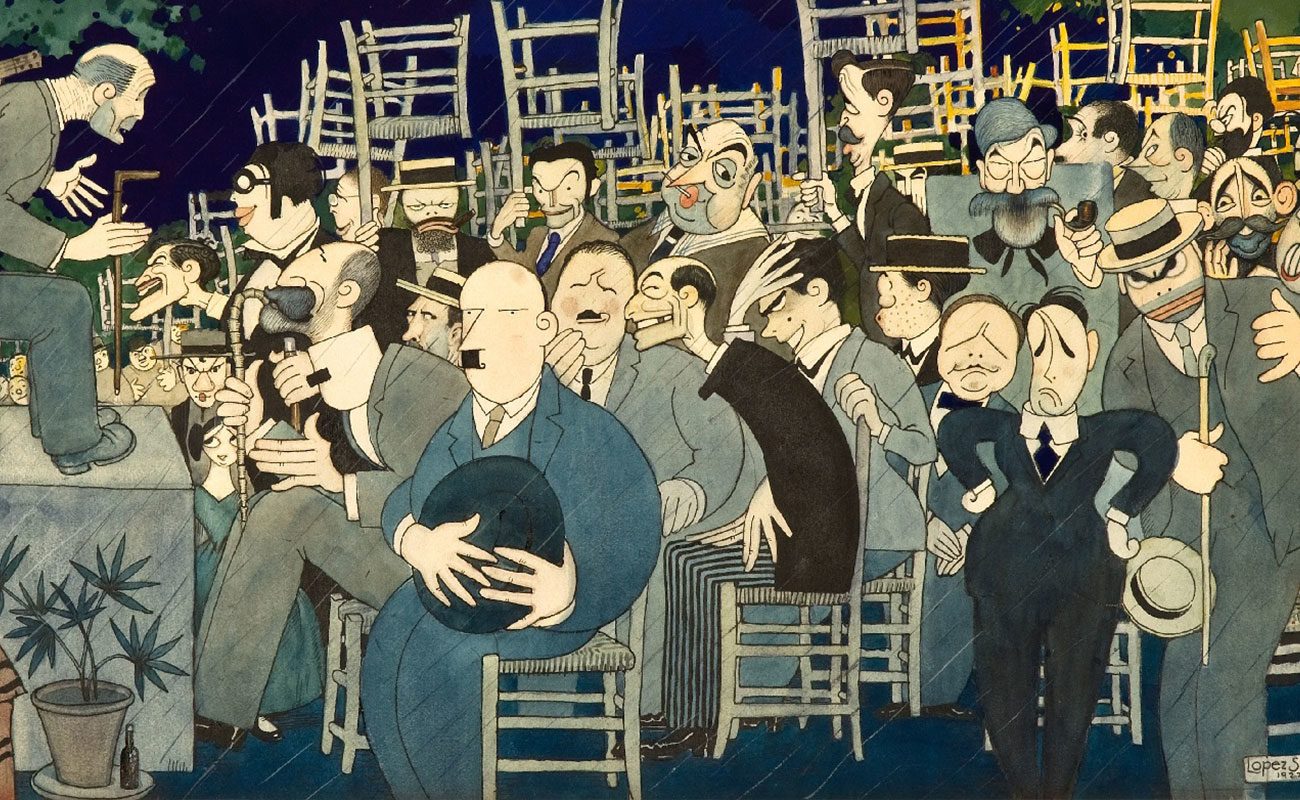Projecting the voice
Nowadays, having a great voice is not considered very important, unlike in the 19th century or in the above-mentioned Opera Flamenca period.

When I was a kid and I lived in the countryside, in Palomares del Río, I used to listen to the caretakers of the vineyards and farmhouses singing at night. They would sing fandanguillos, campanilleros, sevillanas or soleares, almost always without accompaniment, but a cappella, or like we say in flamenco, a palo seco. Some of them were three or four kilometers away, but I could hear their voices strong and clear, because they had a technique which is becoming lost: projecting their voices, like a sling.
The professional cantaores and cantaoras who sang in bullrings or summer cinemas, before sound amplifiers existed, also used that technique. I talked about this one day with the cantaor Manolo Fregenal, from Extremadura, who always had a soft but sweet voice, and he told me that without that technique it was impossible to sing in a bullring before three or four thousand people, like happened in the Opera Flamenca period (1930s – 1950s), when even an elderly Chacón, well past his prime, was able to reach his public without any problem, even as he didn’t have Vallejo’s high pitch or Manuel Centeno’s powerful voice.
This technique has become lost because now we have voice amplifiers, so it’s no longer necessary. Yet, in several occasions we’ve seen how a cantaor had to stop a recital in a peña due to technical problems with the amplifiers or the sound system. Just imagine being in a summer festival, in open air, in a two-thousand square meter venue with two thousand spectators. Although there are notable exceptions that we all know, in general, cantaores are losing their voices.
Nowadays, having a great voice is not considered very important, unlike in the 19th century or in the above-mentioned Opera Flamenca period. When Chacón was asked one day about what were the three main qualities that a cantaor should have, he replied without hesitation: “Voice, voice and voice”. Evidently, a cantaor must have a great voice to become a big star, and it doesn’t necessarily mean it has to be a loud voice, but a voice of good quality. Tomás Pavón had a great voice but he wasn’t renowned for having a powerful voice, rather for having a voice with many qualities: he had a good start, he could link the verses with astonishing ease, he never messed up the melody, not even in the most difficult cantes, and he had an incredible ability to sustain a note. That’s why he was a genius, of course.
Caracol had a great voice, too, although it was different. His voice was small, but hoarse, “afillá” or “gorda”, which made it seem as if he had a big voice. Valderrama had one of the most complete voices of his time, with unique qualities: tune, balance, melodic quality, and he was able to create very unusual tunes. He was another genius, without a doubt. Just like Antonio Mairena, a cantaor with very unique singing qualities in those days.
One day we’ll discuss more voices and tell some anecdotes about certain cantaores and their voices. You probably know the one about Rancapino in Carmona, where the mayor refused to pay for his recital because he thought he became hoarse for partying the whole day. The master told him: “No, sir. I’ve been singing hoarse since I was a kid”.
Translated by P. Young




